Les Enfants Terribles: An Interview with Artistic Director Oliver Lansley
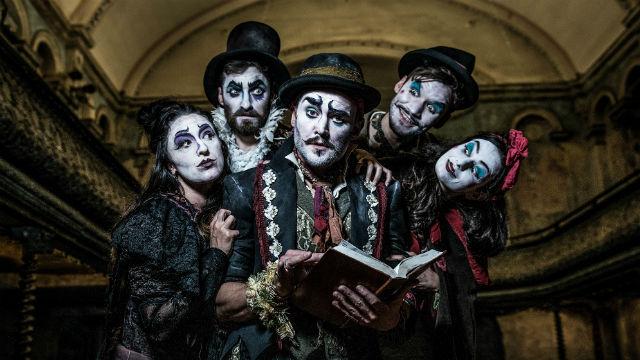
Innovative, darkly humorous and imbued with vaudevillian charm, the work of Les Enfants Terribles occupies a genre all of its own. Their show The Terrible Infants was first performed a decade ago and helped to cement the company’s signature style, while at the same time earning them multiple awards including Best Entertainment and Outstanding Theatre in the Fringe Report 2008. Now, on the anniversary of its debut, The Terrible Infants comes to Wilton’s Music Hall in a new production featuring an extra story and narration by the wonderful Dame Judi Dench. We caught up with artistic director and founder Oliver Lansley to find out what to expect from this gorgeous and fatalistic show.
Les Enfants Terribles are master storytellers. After theatre, what’s your preferred medium for telling stories?
Well good old-fashioned stories are pretty hard to beat. Many of our shows have started life that way; The Terrible Infants was simply a collection of short stories. But Ernest and the Pale Moon and The Trench were both short stories also. I enjoy the purity of writing prose like that, and not worrying at that stage how it will translate into the stage, which forces you to be creative. I do also love writing for screen but that feels like an almost entirely different world.
The Terrible Infants features narration from Dame Judi Dench. Did you meet her?
Unfortunately I was filming the day the boys went to her house to record it, but she sent me various messages over the sound recording equipment. My favourite being, “Tell Oli this is harder than Hamlet!” In fact I should make that my ringtone.
The children’s arm of the company, Les Petits, put on Adventures in Wonderland so that kids could enjoy their own version of Alice’s Adventures Underground. What were the best or the most unexpected responses you got from your young audience?
Most responses from kids are unexpected, that’s why making theatre for them is so much fun. You’re not trying to blast through the wall of cynicism and practicality. If you present them something magical on stage they will see and accept it. The downside of that is they won’t be swayed by things being worthy or clever; if something’s boring they’ll let you know.
Tell us a little about the very first steps in conceiving a show.
Every show is pretty different. With The Terrible Infants it came from these little drawings Sam Wyer drew for the theatre company way back when, and then imagining what the stories behind those characters were.
Often show ideas come from being inspired by something, a film or a piece of theatre and going, “Wow, I wish I could make something like that”, and then attempting to, but being led off in unexpected and exciting directions along the way.
The show debuted at the Edinburgh Fringe. How was it received, and what are your memories of that time?
This show was a bit of a game changer for us, we stepped up for the first time from a 60-seater to a 120-seater and we were terrified, we thought we’d go broke and no one would see it. It was so different to anything we’d ever done and I remember being on stage during the first ever show just thinking, “we’ve made a huge mistake”.
I start the show in a box on stage as the audience come in and get seated, and I remember, during the second preview hearing an usher come in and say, “Excuse me ladies and gentlemen, could you please move up as this is a sold-out show”. I wanted to leap out of the box and woop! That was a good moment.
What were your first impressions of one another – do you remember?
Of the cast? Well we have different casts for all the shows so we’re used to these intense and transient relationships, but over the years there are people that end up sticking around! Many of the original “enfants” are people I knew before I set the company up. When you’re 19 and setting up a theatre company you don’t have much choice but to call your mates – fortunately my mates were very talented.
What’s the appeal of using masks and puppetry?
To me, any tools like that are purely about the best way of telling a story. We do a lot of fantastical work so masks and puppets can help bring to life characters you wouldn’t normally see in the real world. But everything has to serve the story your telling – it can’t just be a gimmick.
Do you have a top tip for acting alongside puppets?
Treat it like an actor: when directing it, when performing with it. A puppet is a character so it needs motivations and emotions and intentions (even more than real actors sometimes!).
When the puppets are being made, does their appearance come to match the character, or is the character influenced by what they end up looking like?
It starts with the character but they always end up developing their own personalities once they’re made based upon how they look and how they move. And there’s no point trying to fight it. As above, it’s like a new actor turning up in the room. You need to learn how they act, how they sound and how they move.
Where are all the sets, props and costumes of your previous shows kept?
All over the place! Some are stored, some disappear – most end up in other shows!
If you had to pick one favourite character from all your shows, who would it be?
I can’t do that! It’s like deciding between children!
Revisiting playing the narrator in this show has been wonderful. I’m ten years older and uglier and have learnt a lot and been around the block a few times. The first time we did this show I remember trying with make up and costume to make me look older and more ragged. Liked this character who has been around the world telling these stories over and over again. Achieving that look has been less difficult this time…
Why are we drawn to the darker side of life, do you think?
Is there any other side?! I don’t think it’s necessarily just darkness that I’m drawn to as there is so often humour in what I do but I think I’m attracted to that complicated space between tragedy and comedy. The reality is that life is complex and complicated, and inherently absurd.
I’ve often said I think art is about trying to answer questions you don’t know the answers to. I think rather than darkness it’s actually the absurdity of life that I’m attracted to and my work often sits in the exploration of trying to make sense of things that don’t make sense.
What makes Wilton’s Music Hall a suitable venue for this production of The Terrible Infants?
Wilton’s is PERFECT for The Terrible Infants, for most of our shows in fact. It’s faded elegance, it’s innate theatricality, it’s both traditional and contemporary. If we were to build a perfect space for most of our theatre work it would end up looking like Wilton’s. It embraces what it is, and doesn’t shy away from it. It’s one of my favourite theatres in London and I cannot wait to get on that stage!
You’re collaborating with Wilton’s Music Hall to offer the new Stepladder Award. How is it different to other theatre awards?
Essentially all our theatre awards come from the place of me having started this company at 19 with no idea what I was doing and the steps I required to help turn the company from a bunch of mates putting on plays into something more sustainable. The original LET award was stage one, becoming a viable fringe company, the stepladder award is stage two – moving from a fringe company to a company who can produce work all year round. Our awards come from a very practical place – we want to help you do what you do.
What’s the last nightmare you each had?
Wow… actual nightmare? I’m not sure but we’ve had a fair few nightmares this year from a work point of view, and we’re about to go into tech so I’m sure the next one is not far around the corner…
Thanks, Oliver!
Laura Foulger
Photo: Rah Petherbridge
The Terrible Infants is at Wilton’s Music Hall from 27th September to 28th October 2017. For further information or to book visit the Wilton’s Music Hall website here. Read our review here.

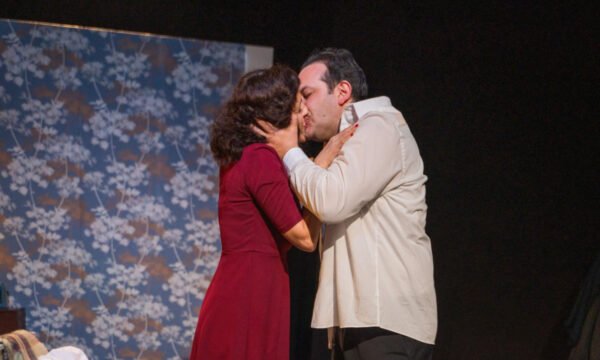
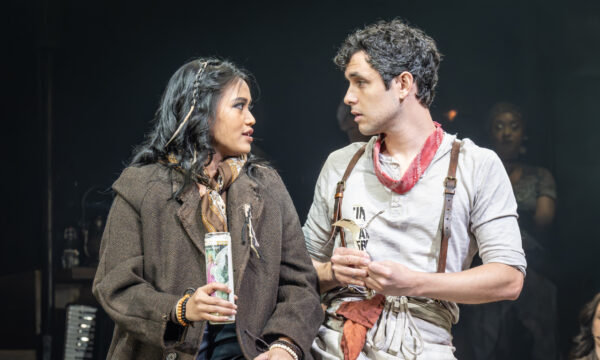
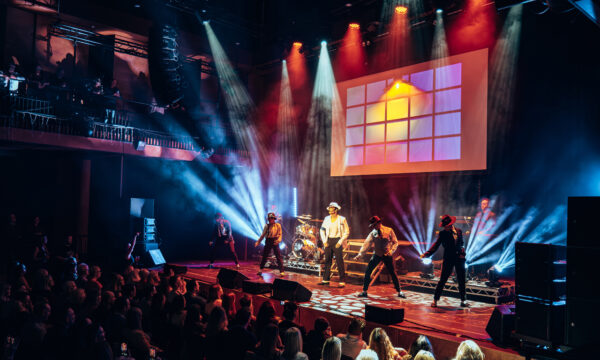
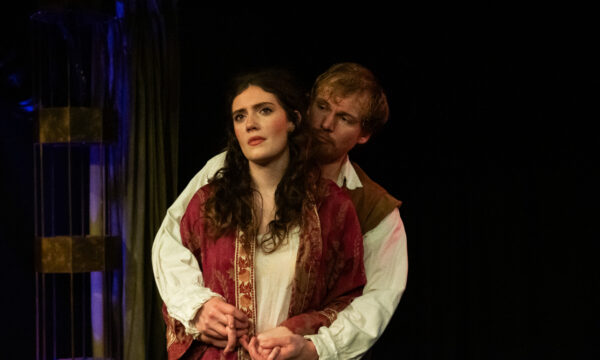
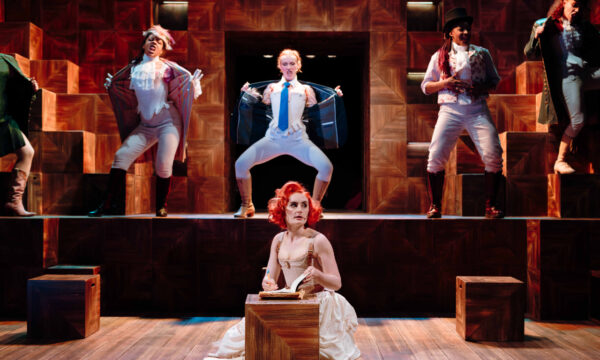
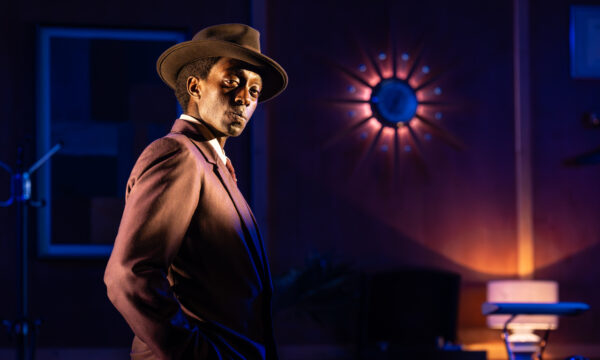
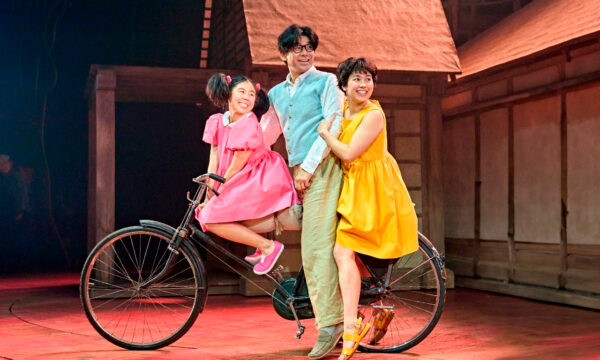

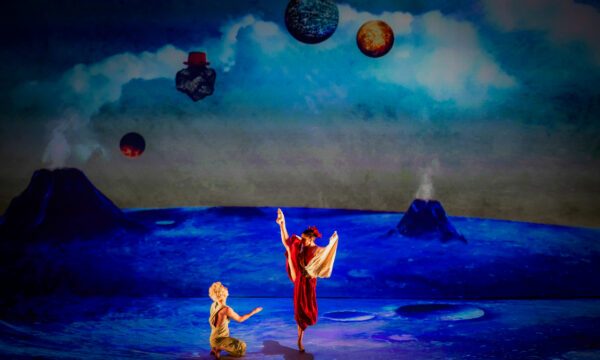








Facebook
Twitter
Instagram
YouTube
RSS